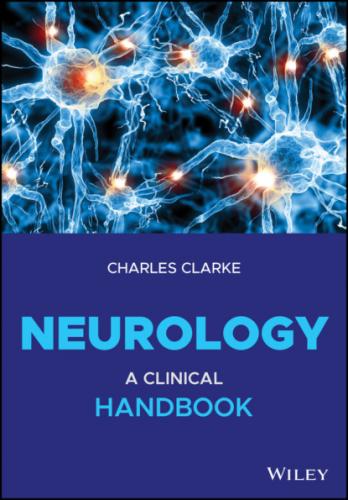Myopathy
Muscle disease tends to produce symmetrical abnormalities (Chapter 10).
Inflammatory disease, such as polymyositis, causes induration, pain and weakness. Dystrophies and most metabolic muscle diseases present typically with weakness alone; pseudohypertrophy (excessively bulky muscles) may develop. Slow relaxation is a feature of myotonic conditions. Fatiguability is characteristic of myasthenia gravis, and the reverse, an increase in power on exercise is sometimes seen in LEMS.
Subacute Paralysis
This describes increasing limb weakness, up to an arbitrary 3 weeks. Cord compression, poliomyelitis, Guillain–Barré, other neuropathies, MS, myasthenia, LEMS, botulism are potential causes (Chapters 9, 10, and 11). Respiratory impairment is easy to miss with limb weakness. Initial paralytic symptoms are regarded as non‐organic in about one‐quarter when patients first seek help.
Abnormal Illness Behaviour and Somatic Symptom Disorder
Symptoms that are unexplained or only partially explained by organic disease are common. Deliberate exaggeration and even fabrication were thought to be more frequent than current views suggest, perhaps now erring towards political correctness. The reality is that many have symptoms that are worrying or uncomfortable but do not reflect any serious disease – for example, unexplained fatigue, give‐way weakness and non‐organic sensory loss, or ‘attacks’. The problem is serious: about one‐third of apparent status epilepticus and a fifth of recurrent attacks referred to epilepsy clinics are non‐organic (see also Chapter 22).
One approach is to accept that the majority do have the symptoms of which they complain. This comment excludes those involved in legal claims, where non‐organic features are especially prominent and of a more doubtful nature. The second suggestion is to exclude organic disease with all reasonable certainty. A third is to understand the psychiatric diagnoses, such as depression that might explain such symptoms. Abnormal illness behaviour or somatoform disorder (now known as Somatic Symptom Disorder in DSM‐5) are other potential explanations. However, in many cases of apparent illness behaviour, no formal psychiatric diagnosis is apparent.
Factitious disorder – to gain medical attention – and malingering – for material gain – are also possible, if rare explanations.
Acknowledgements
I am most grateful to Matthew Adams, Robin Howard, Martin Rossor, Simon Shorvon & Jason Warren for their help with our chapter in Neurology A Queen Square Textbook Second Edition, upon which this text is based.
The late Dr Anthony Hopkins (1937–1997) my consultant colleague at St Bartholomew’s Hospital in the 1980s and 1990s provided me with inspiration – and also talked much common sense.
References
1 Clarke C. Neurological diseases. In Clinical Medicine, 6th edn. Kumar PJ, Clark M, eds. Elsevier, 2005.
2 Hopkins AP. Clinical Neurology: A Modern Approach. Oxford Medical Publications, 1993.
Further Reading
1 Clarke C, Adams M, Howard R, Rossor M, Shorvon S, Warren J. The language of neurology, symptoms, signs and basic investigations. In Neurology A Queen Square Textbook, 2nd edn. Clarke C, Howard R, Rossor M, Shorvon S, eds. John Wiley & Sons, 2016. There are useful references.
Also, please visit https://www.drcharlesclarke.com for free updated notes, potential links and references as these become available. You will be asked to log in, in a secure fashion, with your name and institution.
Конец ознакомительного фрагмента.
Текст предоставлен ООО «ЛитРес».
Прочитайте эту книгу целиком, купив полную легальную версию на ЛитРес.
Безопасно оплатить книгу можно банковской картой Visa, MasterCard, Maestro, со счета мобильного телефона, с платежного терминала, в салоне МТС или Связной, через PayPal, WebMoney, Яндекс.Деньги, QIWI Кошелек, бонусными картами или другим удобным Вам способом.
